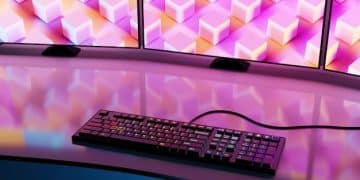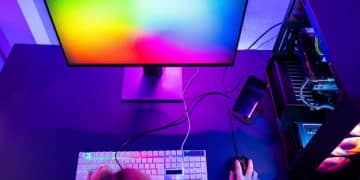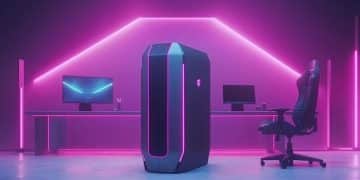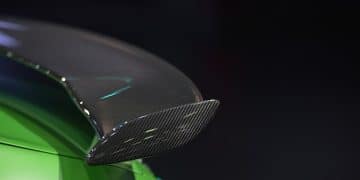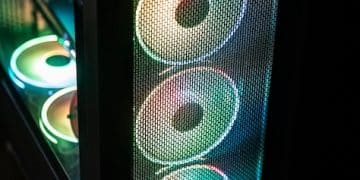PC Game Optimization Guide: Boost Performance on Older Hardware
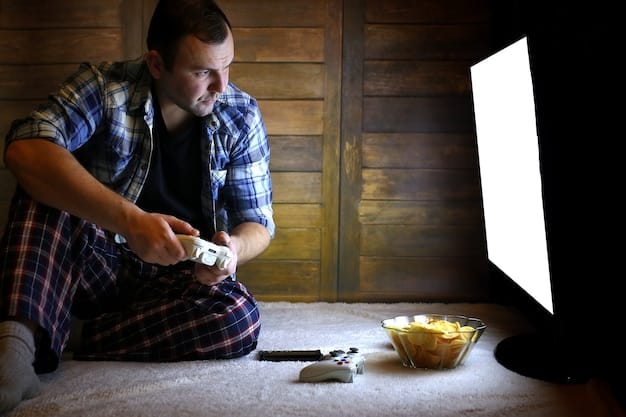
This guide provides strategies for optimizing PC game performance on older hardware, covering software tweaks, hardware upgrades, and game-specific settings to ensure smoother gameplay.
Is your old PC struggling to run the latest games? Don’t give up on your favorites just yet! This PC game optimization guide: boosting performance on older hardware offers practical tips and tricks to breathe new life into your gaming experience.
Understanding the Challenge: Gaming on Older Hardware
Gaming on older PCs presents unique challenges. Components like CPUs, GPUs, and RAM might not meet the minimum requirements of newer games, leading to performance issues. Understanding these limitations is the first step toward optimizing your gaming experience.
Older hardware often struggles with:
- Higher resolution textures and complex shaders.
- Advanced physics simulations and AI processes.
- Increased draw distances and detailed environments.
Knowing where your system lags allows you to prioritize optimization efforts effectively.
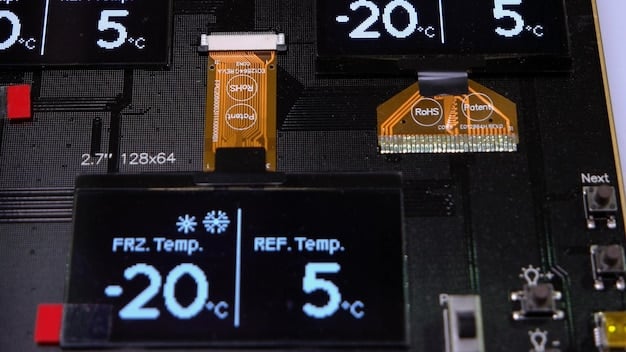
Software Optimization: Tweaking Your System for Performance
Software optimization is crucial to maximize performance on older PCs. Tweaking your operating system and game settings can significantly improve frame rates and reduce lag.
Update Graphics Drivers
Keeping your graphics drivers up to date is essential. New drivers often include performance improvements and bug fixes specifically tailored for the latest games.
Close Unnecessary Background Applications
Background applications can consume valuable system resources. Close any programs you don’t need while gaming, such as web browsers, media players, and chat applications.
- Use Task Manager (Ctrl+Shift+Esc) to identify resource-heavy processes.
- Disable startup programs to prevent them from launching automatically.
- Consider using a game booster application to automate this process.
By freeing up system resources, you can allocate more power to your games.
Adjusting In-Game Settings: The Key to Smooth Gameplay
One of the most effective ways to boost performance on older hardware is to adjust in-game settings. Lowering graphics quality and resolution can significantly reduce the load on your system.
Lower Resolution
Reducing the resolution can dramatically improve frame rates. Experiment with different resolutions to find a balance between visual quality and performance.
Reduce Graphics Quality
Lowering graphics settings such as texture quality, shadow detail, and anti-aliasing can also boost performance. Disable resource-intensive features like ambient occlusion and motion blur.
- Start by setting all graphics options to “Low” or “Off.”
- Gradually increase individual settings until you find a sweet spot.
- Pay attention to settings that have the biggest impact on performance.
Fine-tuning these settings can make a huge difference in gameplay smoothness.
Hardware Considerations: When to Upgrade (And What to Upgrade)
While software optimization can help, sometimes hardware upgrades are necessary to achieve satisfactory performance. Consider upgrading components like RAM, GPU, or storage.
Adding More RAM
More RAM can improve performance, especially in games that require a lot of memory. 8GB is generally recommended, but 16GB can provide even better results.
Upgrading Your Graphics Card
If your CPU is capable enough, upgrading your graphics card is one of the most impactful upgrades you can make. Even a mid-range modern card can provide a significant performance boost over an older model.
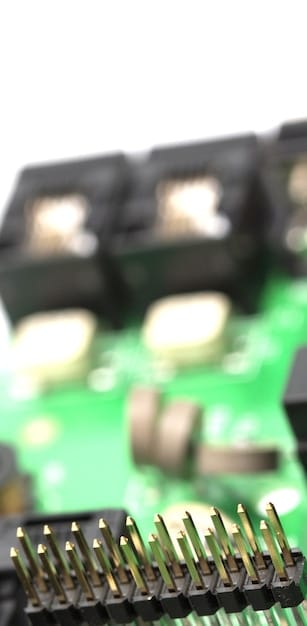
Game-Specific Optimization: Tailoring Settings for Each Title
Different games have different optimization needs. Some games are more CPU-intensive, while others rely heavily on the GPU. Understanding these differences can help you tailor settings for each title.
Research Game-Specific Optimization Guides
Many online communities offer detailed optimization guides for specific games. These guides often provide recommended settings and tweaks for older hardware.
Experiment with Configuration Files
Some games allow you to tweak settings through configuration files. This can provide access to options not available in the in-game settings menu.
For example:
- Edit the game’s .ini file to disable certain effects.
- Adjust the level of detail beyond the in-game settings.
- Tweak parameters for better performance.
Always back up your configuration files before making changes.
Maintaining Your System: Keeping It Running Smoothly
Regular maintenance can help keep your system running smoothly. Cleaning up your hard drive, defragmenting your drive (if it’s not an SSD), and keeping your system free of malware can all contribute to better gaming performance.
Disk Cleanup
Remove unnecessary files and programs to free up storage space and improve system performance.
Defragment Your Hard Drive
If you’re using a traditional hard drive, defragmenting it can improve access times. This isn’t necessary for SSDs.
Run Anti-Malware Scans
Malware can consume system resources and negatively impact gaming performance. Regularly scan your system with a reputable anti-malware program.
Routine maintenance ensures your system operates at peak performance.
| Key Point | Brief Description |
|---|---|
| ⚙️ Optimize Software | Update drivers, close background apps for more resources. |
| 🎮 Adjust In-Game Settings | Lower resolution and graphics quality for smoother gameplay. |
| 💾 Hardware Upgrade | Consider adding RAM or upgrading the graphics card. |
| 🧹 System Maintenance | Regularly clean up your hard drive and run anti-malware scans. |
Frequently Asked Questions
▼
The first step is to update your graphics drivers. Newer drivers often include performance improvements and bug fixes tailored for the latest games, which can significantly improve your gaming experience.
▼
Lowering the resolution can significantly impact performance by reducing the number of pixels the GPU needs to render. This results in higher frame rates and smoother gameplay, especially on older hardware.
▼
Yes, upgrading RAM can be a good solution, particularly if your system has 4GB or less. Adding more RAM, such as upgrading to 8GB or 16GB, allows the system to handle more data, reducing lag and improving performance.
▼
Start with lowering graphics quality settings like texture quality, shadow detail, and anti-aliasing. Disabling ambient occlusion and motion blur can also free up resources and boost performance without significantly impacting visual quality.
▼
System maintenance such as disk cleanup, defragmentation, and anti-malware scans helps keep your system running efficiently. Removing unnecessary files and malware ensures that your system resources are fully available for gaming, which boosts performance.
Conclusion
Optimizing PC games for older hardware involves a combination of software tweaks, hardware upgrades, and game-specific settings. By following the strategies outlined in this guide, you can significantly improve your gaming experience and enjoy your favorite titles on older PCs.
